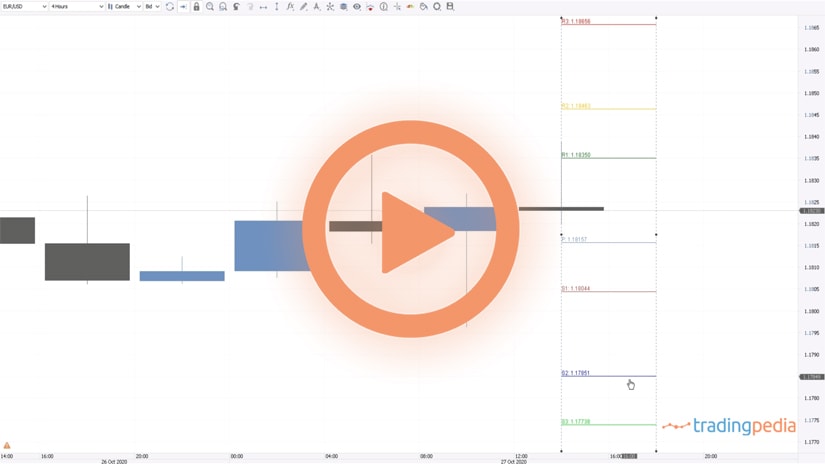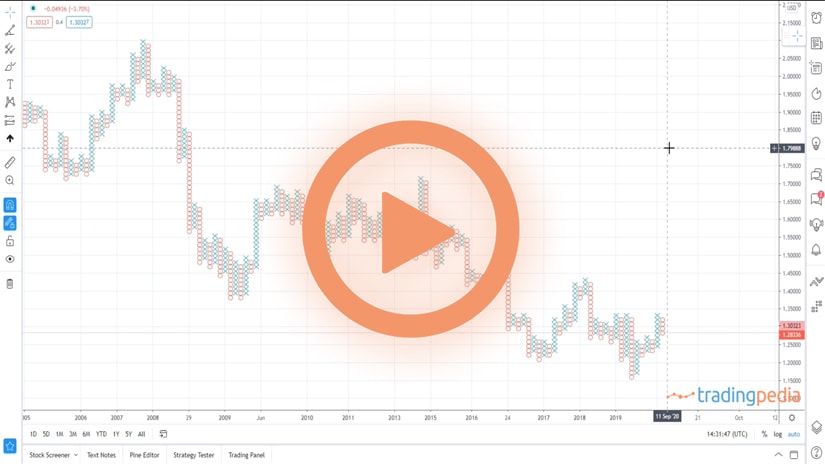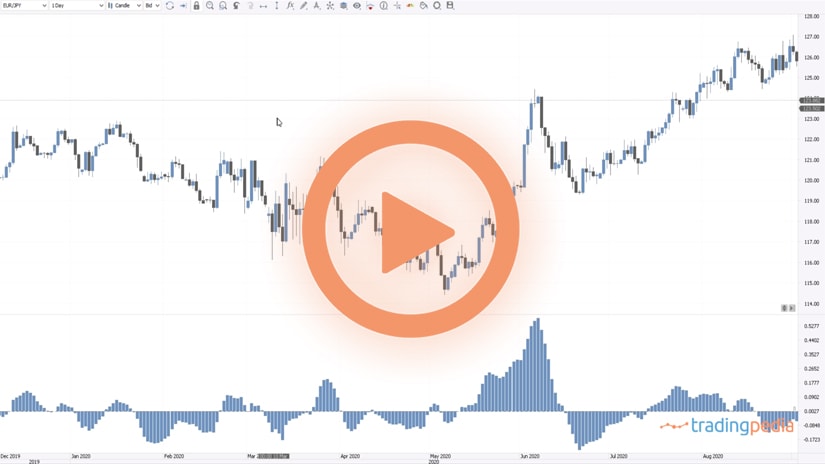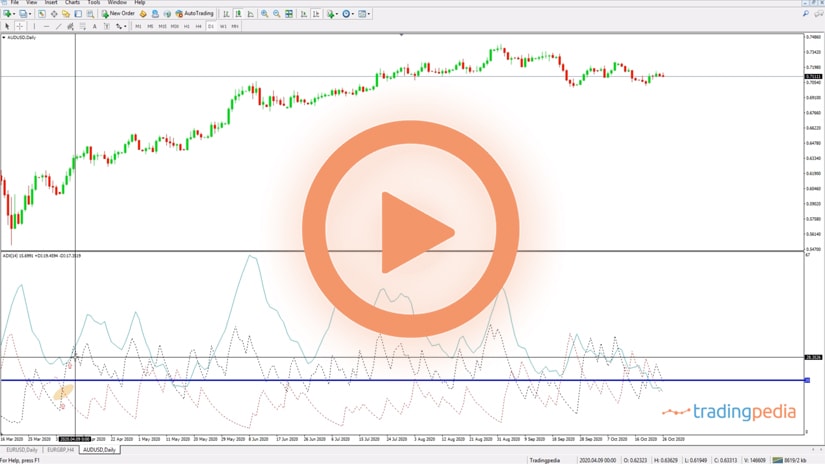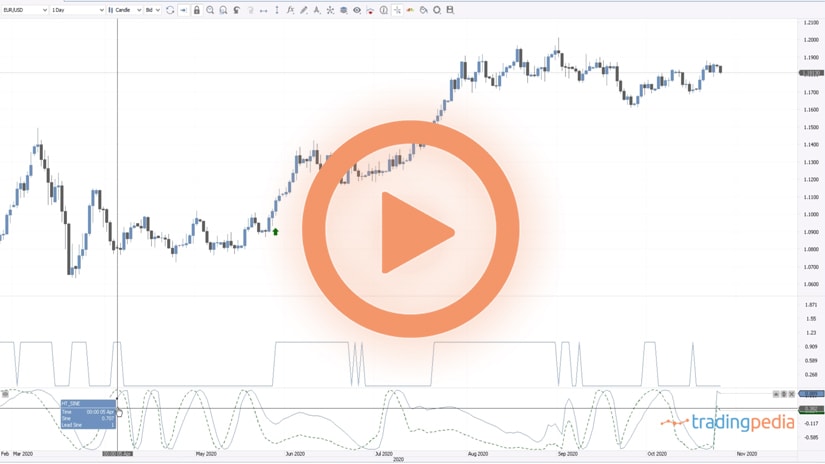
Hello there, this is tradingpedia.com and this video deals with the Elliott Waves Theory once again. We will treat one of the most interesting concepts – limiting triangles, what they are and where to they form in the theory. Equally important, we will look at some characteristics of these triangles and why they are so unique in their interpretation.
Limiting and Non-Limiting Triangles
A triangle has five segments even though it is called a three waves structure – a,b,c,d,e. According to the Elliott Waves Theory, a triangle can be either limiting or non-limiting. It refers to the price action that follows a triangular formation.
After a limiting triangle, the price that follows, as the name suggests, is limited. It implies that it may form a new low or high but the triangle on its own signals that the market will eventually reverse, or it will have limited strength.
This is how a triangle looks like – a-b-c-d-e. The triangle is given by its two trendlines – a-c and b-d. In a limiting triangle, the market, by the time that the e-wave ends, should not pierce the a-c trendline. So if you see that, that is a non-limiting triangle.
A limiting triangle appears either as the b-wave of a zigzag (imagine here a five-wave structure as wave a of a zigzag) and then the limiting triangle will form as the b-wave of the zigzag. What follows is a five-wave structure, a limited price action, and a reversal will follow. Therefore, it forms either as the b-wave of a triangle or as the fourth wave of an impulsive wave.
It means that this would be the third wave, the triangle is the fourth, and then the fifth wave, the price is limited, and the market reverses. These are the only two places where you can find a limiting triangle. A non-limiting triangle, on the other hand, can be found in many other places.
The EURUSD here dropped from 1.40 in 2014 and, in doing so, it formed a triangle. If we connect the a and c points, and then we draw the b-d trendline, the market formed an a-b-c-d-e, a contracting triangle.
Rules
All the rules of a contracting triangle are respected – the market must break the b-d trendline in less than the time that it took the e-wave to form, etc. In our case, the limiting triangle does not have the e-wave piercing the a-c trendline and the big question is if we can find a five-wave structure on the entire move to the downside. If we can find one, the market then forms the b-wave and the c-wave. If not, than the triangle is the fourth wave of a classic impulsive structure.
The triangle took over two years to form and it broke lower with the 2016 election in the United States when President Trump got elected. It means that this was the first wave, then the market formed the second wave, then a third wave to the downside, the fourth wave as the triangle, and then the fifth wave.
Remember that a limiting triangle suggests that the market forms limited price action after the triangular formation. The price did make a marginal new low, but eventually reversed dramatically from the lows.
This is the power of a limiting triangle. So, from this moment on, when you try to label a fourth wave as a triangle, remember that this is possible only if the triangle is limited. If not, the fourth wave is something else.
Related Videos
Conclusion
To sum up, limiting triangles limit the price action. They form as the b-wave of a zigzag or the 4th wave of an impulsive wave and the price action that follows is either the c-wave of a zigzag or the 5th of an impulsive wave.
Let’s move on with the next video that deals with non-limiting triangles and then you will see the difference between the two. Bye, bye.

